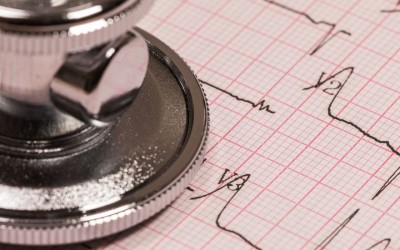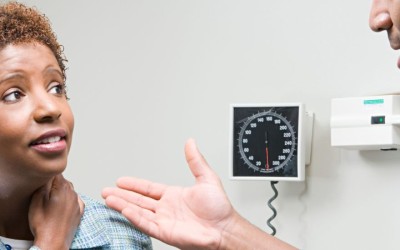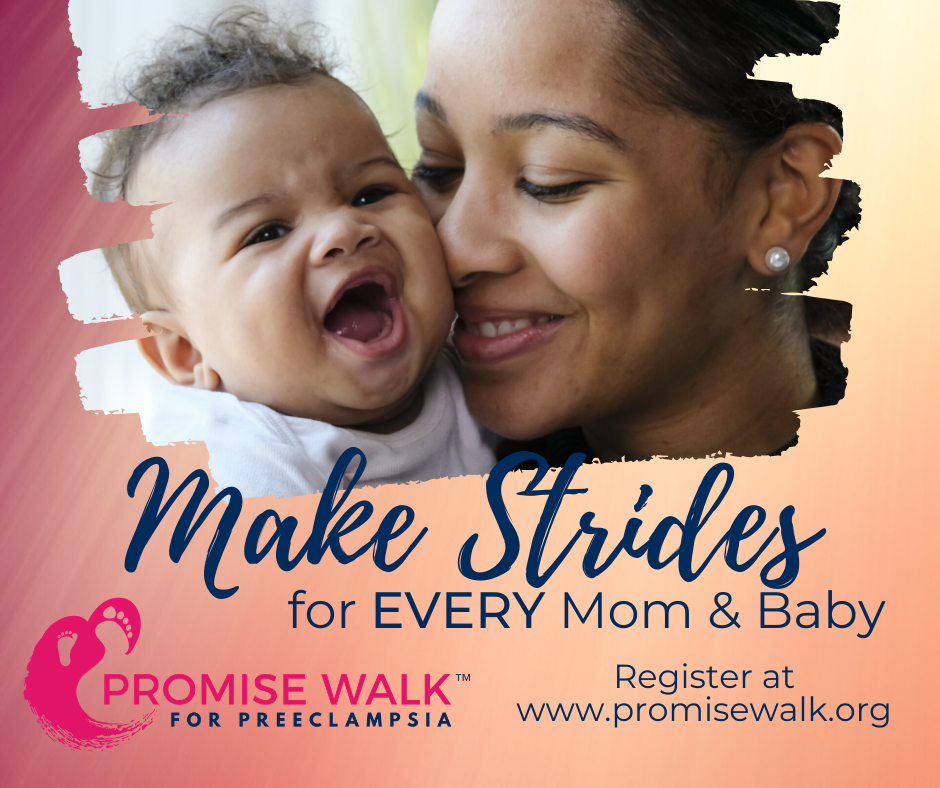
Do preeclampsia patients continue to have high blood pressure after delivery?
Postpartum Ambulatory Blood Pressure Patterns Following New-Onset Hypertensive Disorders of Pregnancy
After experiencing gestational hypertension or preeclampsia, high blood pressure can worsen in the postpartum period, up to six weeks following hospital discharge. A total of 2705 women participated in a remote blood pressure monitoring and management program at a postpartum unit in a referral hospital between September 2019 and June 2021 to study if patients continue to have high blood pressure after delivery. None of these individuals had high blood pressure before becoming pregnant (pre-pregnancy hypertension), and all of them developed what is often called “new-onset hypertensive disorder of pregnancy” (either preeclampsia or gestational hypertension). What is preeclampsia?
The study found that over 80 percent of patients with hypertensive disorders of pregnancy had ongoing high blood pressure after hospital discharge with about 14 percent developed severe hypertension. 22.6 percent had antihypertensive medication initiated after discharge.
Patients with severe hypertension also had increased odds of postpartum emergency room visits and hospital readmissions compared with those whose blood pressure had been normalized.
When they compared the blood pressure levels of women in the hospital after giving birth with their blood pressure levels after leaving the hospital, they found that there was a significant overlap in the blood pressure readings. This overlap occurred between the women with systolic blood pressure of 140 to 149 mm Hg and/or diastolic blood pressure of 90 to 99 mm Hg while in the hospital, and those with systolic blood pressure of 150 mm Hg or higher and/or diastolic blood pressure of 100 mm Hg or higher. The study recommended liberalizing the thresholds for starting medication after childbirth to improve outcomes.
Take home: Patients who have had gestational hypertension or preeclampsia are at risk of having ongoing high blood pressure after giving birth. This can lead to severe hypertension and hospital readmissions. The data shows how important it is to have remote blood pressure monitoring programs and to develop better tools for assessing risk. It is crucial for patients who have had preeclampsia or gestational hypertension to continue monitoring their blood pressure after leaving the hospital, especially in the six weeks following childbirth. Are you taking your blood pressure accurately?
Link: https://pubmed.ncbi.nlm.nih.gov/38865121/
Citation: Hauspurg A, Venkatakrishnan K, Collins L, Countouris M, Larkin J, Quinn B, Kabir N, Catov J, Lemon L, Simhan H. Postpartum Ambulatory Blood Pressure Patterns Following New-Onset Hypertensive Disorders of Pregnancy. JAMA Cardiol. 2024 Jun 12:e241389. doi: 10.1001/jamacardio.2024.1389. Epub ahead of print. PMID: 38865121; PMCID: PMC11170460.
About Research Roundup
Each quarter, our team of science writers reviews the most current research studies related to hypertensive disorders of pregnancy and summarizes those studies of greatest interest and potential impact to our community, including research studies related to risk assessment, diagnosis, prevention, and treatment. Special thanks to our volunteer research team, including Dr. Sig-Linda Jacobson, Dr. Jennifer Mitchell, and Amanda Yang, who under the leadership of Dr. Elizabeth Sutton, make Research Roundup possible, and to our Patient Advisory Council, who reviews these materials from the patient perspective.
Related Articles

Your story is needed to improve outcomes for moms like you. Add your voice to critical preeclampsia research to ensure that every story is heard.

Frequently asked questions about the Preeclampsia Registry, a patient-driven registry and biobank.

The Preeclampsia Foundation offers research funding, study recruitment, and other patient engagement services to researchers.

We provide research grant funding to advance progress towards detection, prevention, or treatment of preeclampsia, HELLP syndrome, and other hypertensive disorders of pregnancy.
_(3)1726760217.png)
Preeclampsia Foundation and Preeclampsia Foundation Canada have announced that Olivia Nonn, PhD, Mancy Tong, PhD, and Kelsey McLaughlin, PhD are their 2024 Vision Grant research award recipients. Thes...

Development and validation of a new algorithm for improved cardiovascular risk prediction Heart disease or cardiovascular disease (CVD) is a leading cause of death worldwide. An individual&r...

Women With a History of Preeclampsia Exhibit Accelerated Aging and Unfavorable Profiles of Senescence Markers Scientists conducted a study to see if women with preeclampsia were more likely...

Feasibility of home-based treatment among participants in a remote postpartum hypertension program Postpartum hypertension (high blood pressure after pregnancy) is the most common reason for...

Patterns of Gestational Hypertension or Preeclampsia Across 2 Pregnancies in Relationship to Chronic Hypertension Development: A Retrospective Cohort Study Experiencing preeclampsia or gestat...



